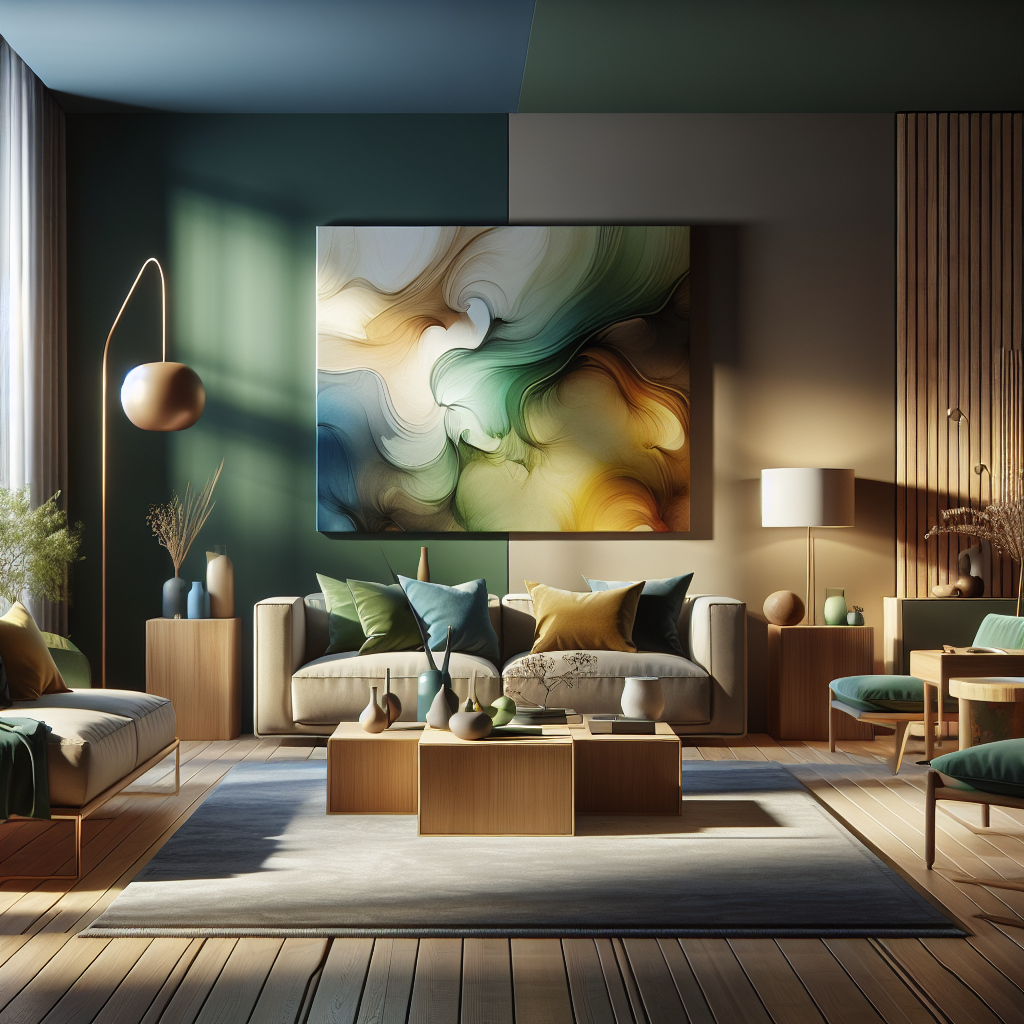The Impact of the Psychology of Color in Home Design
The Psychology of Color in Home Design is not just about aesthetics; it’s about creating an environment that positively influences the emotions and behaviors of those who inhabit it. Colors are powerful tools that can affect mood, perception, and even physiological reactions. Understanding this psychological impact can help homeowners make more informed choices about their interior decor.
How Colors Influence Mood
Colors have the ability to evoke specific moods and feelings. For instance, blue is often associated with calmness and serenity, making it a popular choice for bedrooms and bathrooms. According to a study by the University of Texas, blue can also enhance productivity, which explains its frequent use in home offices. Conversely, red is linked to energy and excitement, often used in spaces designed for entertaining, like dining rooms or living areas.
Choosing Colors for Different Spaces
The function of a room plays a crucial role in color choice. Lighter shades like beige or pastel can make small rooms feel larger and more open, while darker colors can lend a cozy, intimate feel to larger spaces. Kitchens benefit from warm tones like yellow or orange, which create a welcoming atmosphere and stimulate appetite.
Psychological Effects of Color Combinations
Combining colors can also influence the psychological impact of a space. Neutral backgrounds with bold accent colors, such as grey with yellow, can balance out the energy of the room, providing both stimulation and calm. This technique is particularly effective in living rooms, where people both relax and socialize.
Design professionals often refer to the color wheel to choose complementary schemes that promote harmony. According to the Color Association of the United States, understanding color relationships is key to achieving desired emotional and aesthetic effects in home design.
Personal Responses to Color
It’s important to consider personal preferences and cultural contexts as these can significantly alter the psychological effects of colors. What is soothing to one person may be unsettling to another, emphasizing the subjective nature of color perception. Engaging with a professional designer who understands these nuances can help tailor a color scheme that aligns with the inhabitants’ emotional needs and cultural backgrounds.
In conclusion, the Psychology of Color in Home Design is a fundamental aspect of creating spaces that not only look beautiful but also feel harmonious and suited to the needs of those living in them. As we become more aware of how our environment affects our daily life, color psychology will play an increasingly important role in home design choices.


